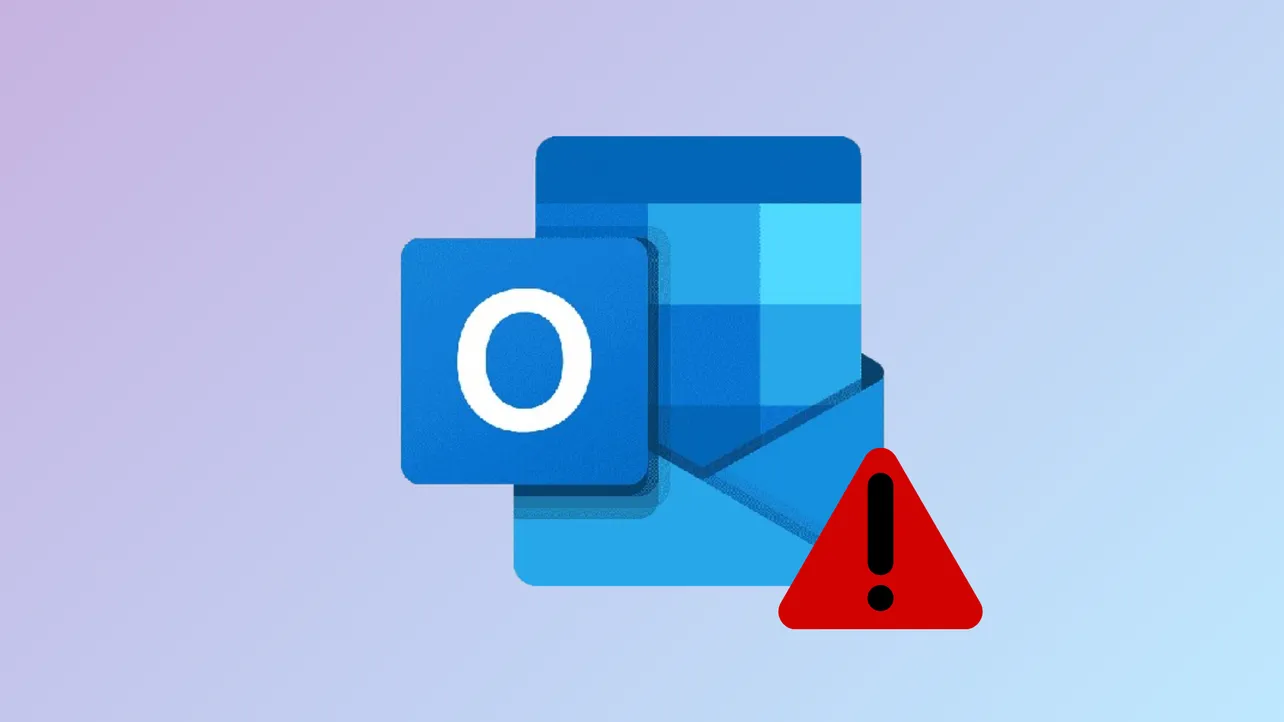Clicking the New Outlook app and seeing nothing happen, or getting messages that the app is already running, signals a startup failure that blocks access to email and calendar. This issue often follows a recent Windows update, incomplete app processes, or corrupted local files. Addressing these points directly restores normal Outlook functionality and prevents future launch problems.
End Outlook Processes and Restart the App
Unfinished background processes frequently prevent the New Outlook app from opening. Completely ending these processes before relaunching Outlook can resolve the issue immediately.
Step 1: Right-click the Windows Start button and select Task Manager.

Step 2: In the Task Manager window, look for any entries labeled Microsoft Outlook, Outlook (New), or related background processes such as Calendar or OneAuth.
Step 3: Select each relevant process and click End Task. This ensures Outlook is fully closed and not stuck in a suspended state.

Step 4: After closing all Outlook-related processes, try launching the New Outlook app again from the Start menu or taskbar. The app should now start normally if background conflicts were the cause.
Reset the New Outlook App via Windows Settings
Corrupted app data can prevent Outlook from launching or cause it to freeze on the loading screen. Resetting the app clears temporary files and resets configuration without deleting your email accounts or messages.
Step 1: Open Settings (Win + I), then go to Apps > Installed apps.

Step 2: Scroll down to find Outlook (New). Click on it, then select Advanced options.
Step 3: In the Advanced options menu, click Reset. Confirm the reset when prompted. This process removes cached data and restores default app settings.

Step 4: Once the reset completes, reopen the New Outlook app. Most users find this resolves persistent launch issues caused by corrupted files or settings.
Delete Local Outlook Data Folders Manually
When standard app resets fail, removing specific local data folders forces Outlook to rebuild its configuration and authentication files. This step addresses cases where hidden files are corrupted or stuck.
Step 1: Open File Explorer and enter %localappdata%\Microsoft\Olk in the address bar. Delete the entire Olk folder.

Step 2: Repeat the process for %localappdata%\Microsoft\OneAuth, deleting the OneAuth folder. These folders store cached credentials and local app data.

Step 3: Restart your computer to clear any remaining connections to these files. After rebooting, launch the New Outlook app. The app will recreate necessary files, often resolving issues that persist after regular resets.
Repair Microsoft 365 Installation
Issues with the Microsoft 365 suite can cause Outlook to malfunction, especially after a failed update or interrupted installation. Repairing the suite replaces missing or corrupted program files.
Step 1: Close all Microsoft Office applications, including Outlook, Word, and Excel.
Step 2: Open Control Panel, select Programs and Features, then find Office or Microsoft 365 in the list.

Step 3: Right-click on Microsoft 365 and choose Change. Select either Quick Repair for a fast fix or Online Repair for a more thorough process. Follow the prompts to complete the repair.

Step 4: After the repair finishes, restart your computer and try launching the New Outlook app again. This process resolves issues stemming from incomplete or corrupted Office installations.
Check for Windows and Office Updates
Outdated system files or Office components can lead to compatibility problems, especially after recent app changes. Keeping Windows and Office updated ensures all required files are current and compatible.
Step 1: Open Settings and go to Windows Update. Click Check for updates and install any available updates.

Step 2: For Office updates, open any Office app, go to File > Account, then click Update Options > Update Now. This downloads and installs the latest Office patches.

Step 3: Reboot your computer and check if the New Outlook app opens as expected. Updates often resolve bugs introduced by earlier versions or conflicting files.
Run System File Checker for Windows Corruption
Corrupted Windows system files may prevent apps like Outlook from starting correctly. The System File Checker tool scans and repairs these files, restoring system stability.
Step 1: Open Command Prompt as an administrator. To do this, search for cmd in the Start menu, right-click it, and select Run as administrator.

Step 2: Enter the following command and press Enter:
sfc /scannow
Step 3: Wait for the scan to complete. If any issues are found, the tool will attempt to repair them automatically. Afterward, restart your computer and check if Outlook works.
Reinstall or Switch Between Classic and New Outlook
When the app is missing from Installed Apps or cannot be launched, reinstalling or toggling between the New and Classic Outlook versions can restore functionality.
Step 1: If the New Outlook is missing, open Classic Outlook. Locate the Try the new Outlook toggle in the upper-right corner and switch it on. This reinstalls the New Outlook app.

Step 2: If you need to uninstall, go to Settings > Apps > Installed apps, find Outlook (New), and click Uninstall. Then follow Step 1 to reinstall.
Step 3: After reinstalling, open the app to verify if the issue is resolved. Switching versions can bypass configuration errors unique to one app version.
Create a New Outlook Profile
Corrupted user profiles may cause startup failures or persistent errors. Creating a new profile provides a fresh configuration that often resolves profile-specific problems.
Step 1: Open Control Panel and search for Mail.

Step 2: Click Show Profiles, then select Add to create a new profile. Follow the prompts to configure your email account.

Step 3: Set the new profile as the default and launch Outlook. This step is especially useful if the app opens in Safe Mode but not normally, or if errors persist after other fixes.
Resolving New Outlook app startup issues typically involves clearing stuck processes, resetting or reinstalling the app, or repairing system and Office files. Keeping Windows and Office updated, and periodically clearing local cache folders, helps maintain reliable Outlook performance.


